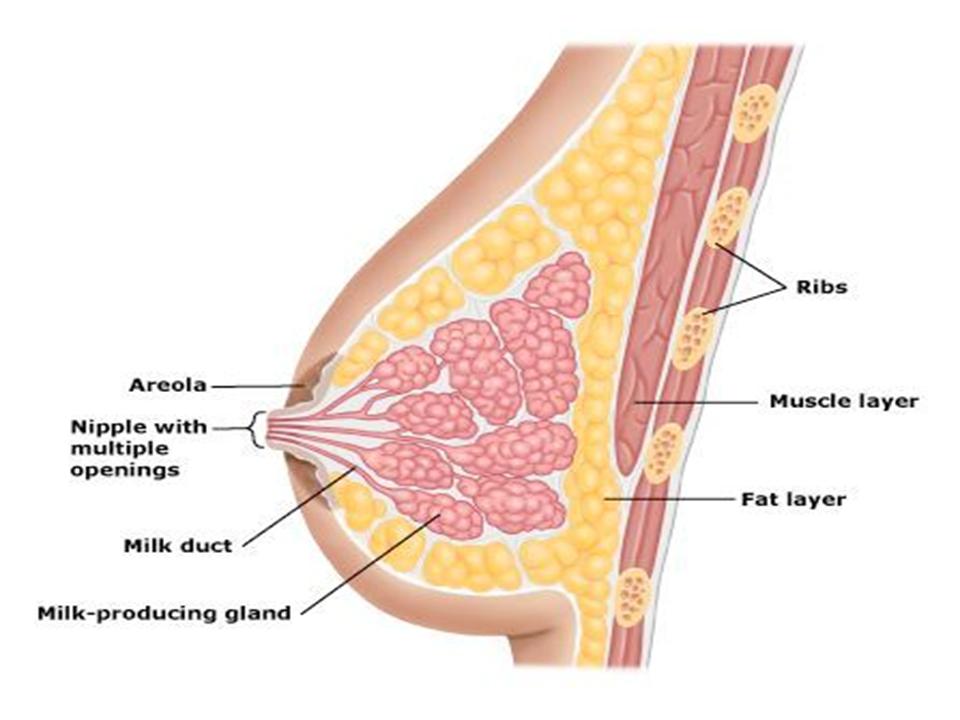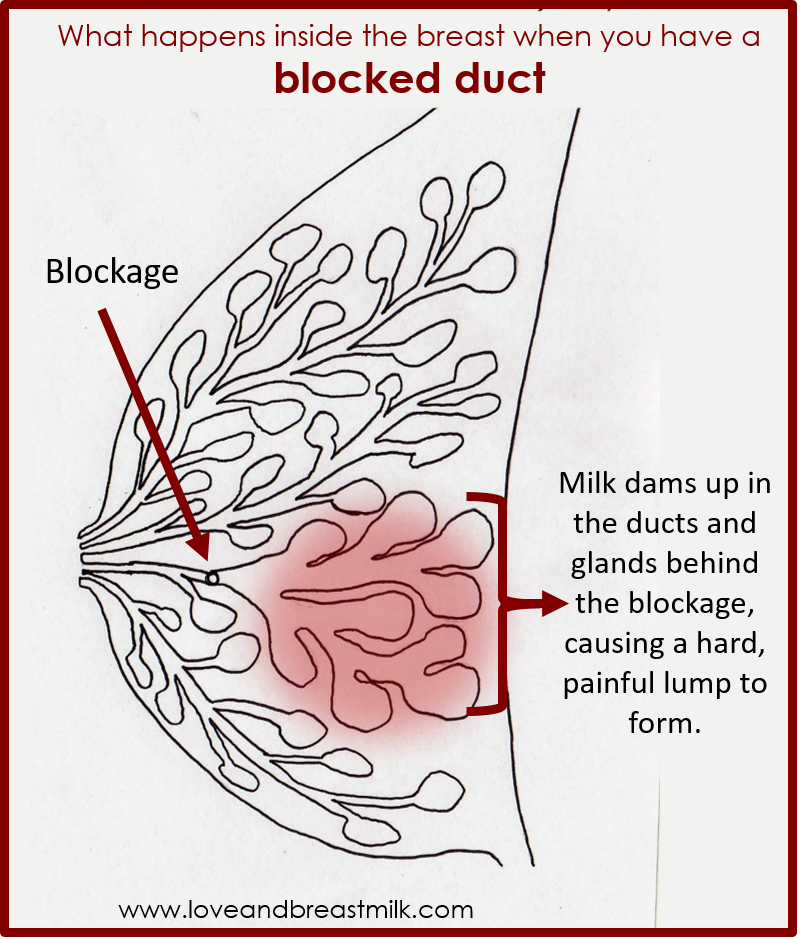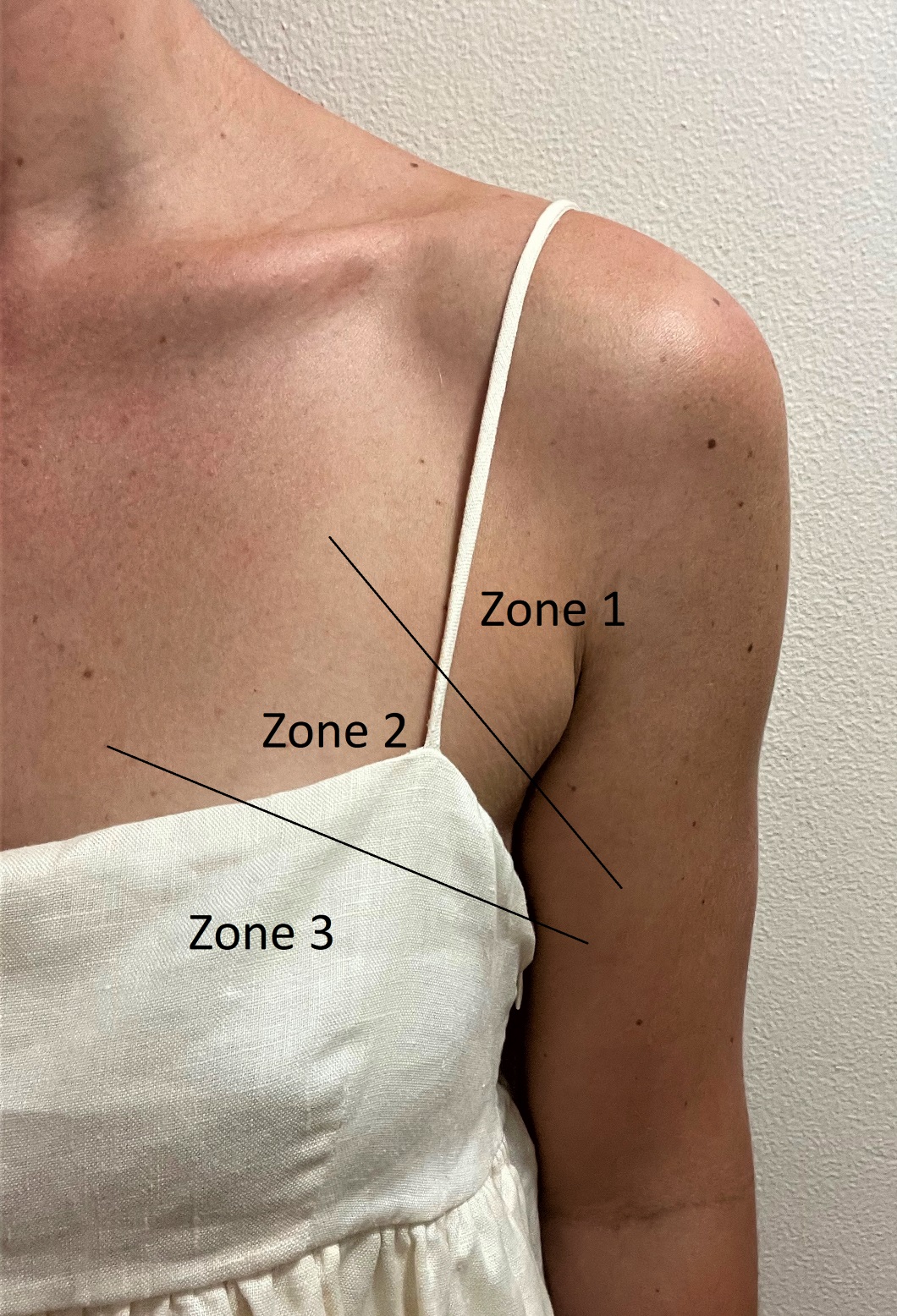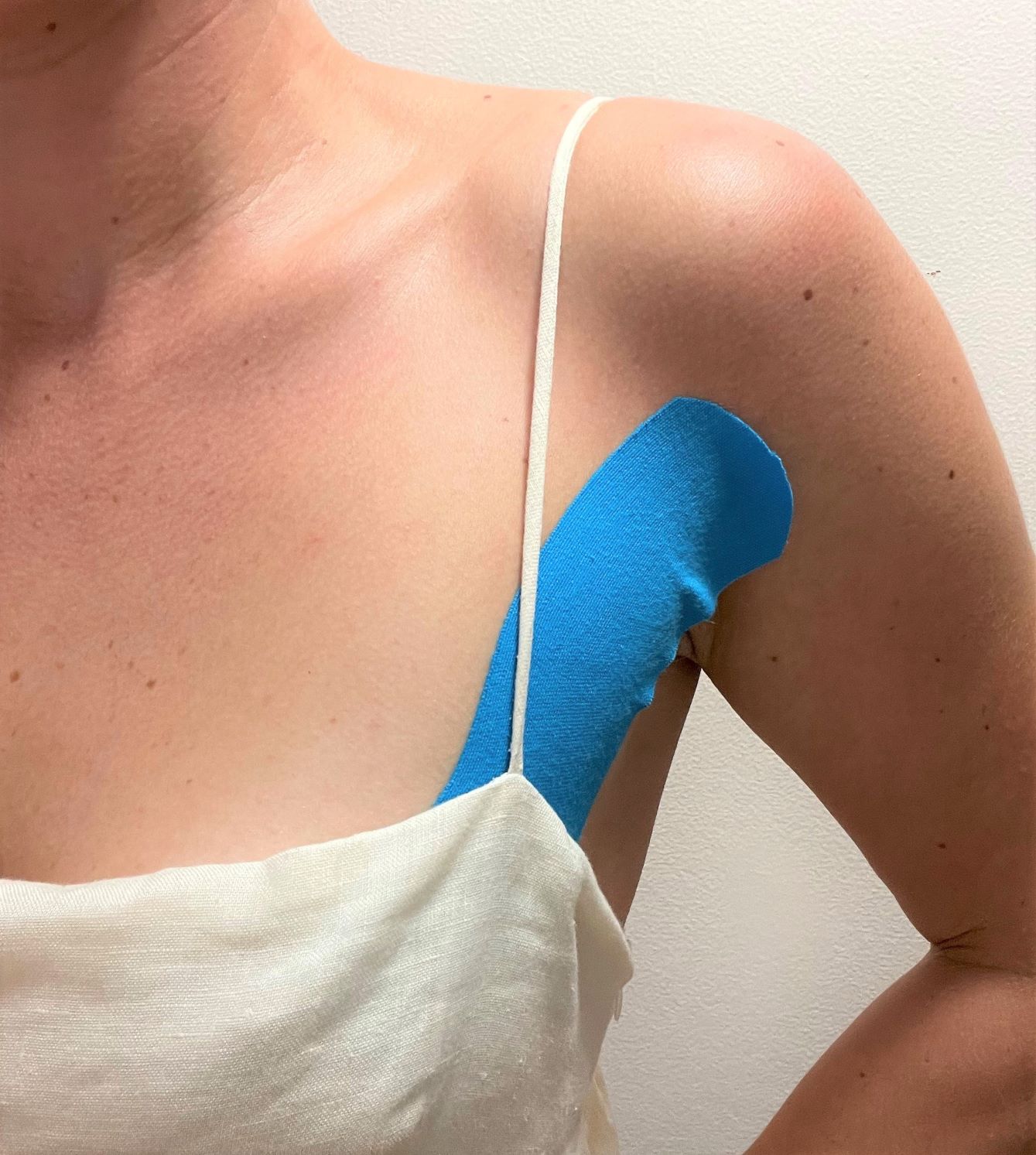By Bronte Ellis
Disclaimer- please note I am not lactation consultant, all of this information is from the Australia Breastfeeding Association, latest published evidence based practice and clinical practice.
Photo Credit- Jamie Kokles-Ridgway JKRImages
So, you’re a breast feeding Mum, maybe it’s your first time, maybe it’s not. You seem to have the latch sorted, or maybe you don’t quite yet. You think Bub’s getting enough milk from you, but you’re unsure. And then suddenly, a painful, red hard lump appears on your breast, or maybe just around your areola. Oh no, you think, they warned me about this.. you’ve got a blocked duct. To understand how a duct becomes blocked we first need to understand how breastfeeding works.
Suffering from blocked ducts and/ or mastitis is NOT YOUR FAULT. Or your babies fault. Yes, there are ways in which we can TRY to prevent milk ducts blocking, however sometimes it just happens. The best thing you can do it get onto managing it early and ask for help early if needed.
Photo Credit http://humananatomychart.info/tag/breast-anatomy-and-physiology/
This is what your breast tissue looks like on the inside. The main part of the breast is made up of alveoli (labelled “milk-producing gland”), which are sponge like sacs that produce milk, fill with milk and store milk. The milk ducts transport this milk from the alveoli, down through the nipple and to the babies mouth. The areola is the darker part of the breast tissue surrounding the nipple.
When your brain picks up the signal “Baby wants to feed”, the brain sends a signal to the alveoli in the breast to say “Squeeze”. Have a look back at that picture, the milk is stored in the alveoli, the alveoli are NOT near the nipple, they are further back, behind the nipple. This is why latch is so important, and why Baby’s mouth needs to be not latched to the nipple but around the areola (the darker part of the breast). When the baby “Sucks”, what they actually do is massage the receptors in the areola but by squeezing them with their mouth. This then sends signal to Mum’s brain to tell the alveoli to “squeeze” and so you have let down! It can take between 30 and 60 seconds of Bub being latched and starting to “suck” before milk is actually flowing and sprays into their mouth.
Photo Credit- www.loveandbreastmilk.com
What causes a blocked duct?
When a duct becomes blocked the milk builds up behind the duct, a lump forms and your breast may become sore. This can be cause by incorrect latch, tight clothing/ underwire bras that dig in and not emptying the breast completely.
What causes Mastitis?
When a blocked duct doesn’t clear, the milk that is stuck can be forced into nearby tissue causing inflammation and infection. Symptoms of mastitis are similar to that of the flu- fatigue, fever, shakes and a painful, red, hot breast. Sometimes mastitis can come on out of the blue and hit mothers really fast and it’s common to feel unwell quickly. If you have a fever you need medical attention quickly to get the infection under control.
What can we do to prevent blocked ducts?
- Latch- hopefully you’ve seen a lactation consultant/ midwife who can help you with correct latching. Remember Bub shouldn’t be trying to latch to your nipple, they should be latching to your areola.
- Feed for as long as you can on the first side. The first bit of the milk is thin foremilk, the milk that comes later is thicker hindmilk. No hard rule but approximately every 10minutes change Bub’s position on the same breast, to ensure draining from all parts of the breast.
- When you think Bub has finished the first side, check before offering the second side. When you touch the breast it should feel soft all the way around. If not, reattach (with Baby’s chin pointing towards the part that needs draining) and help drain the rest of the breast.
- Always offer the 2nd side but don’t worry if Bub doesn’t want it, for your next feed you’ll start with this breast.
So how do we manage a blocked duct and mastitis?
Traditionally, it was thought that massaging the breast towards the nipple whilst feeding was the most effective way to clear a blocked duct. There are now new theories and research behind the cause actually being more of a lymphatic issue, and that lymphatic drainage techniques towards the axilla (armpit) rather than to the nipple is more effective. However, at this stage there is no good quality studies completed that prove this, however there are some smaller case studies and clinically it appears to be more effective!
Confusing right? So what should you do? To start with, feed from the affected breast. The most draining occurs at the part of the breast where Bub’s chin is pointing towards, so try to position your baby with the chin towards the painful lump. If this doesn’t clear the duct we want to lymphatically massage towards the axilla. In the axilla are lymph nodes that absorb and excrete fluid.
Photo Credit- Bronte Ellis Arnhem Physiotherapy Services
- Massage the lymph nodes in Zone 1 in a circular motion, moderately firmly for 1-2minutes.
- Massage GENTLY through the middle chest in Zone 2 towards zone 1 with slow, long strokes for 30sec – 1min.
- Massage gently- moderately in the breast tissue (Zone 3) towards zone 2 with slow, long strokes for 30sec – 1min.
If your showing flu like symptoms and are suspecting mastitis it’s best to see your GP or head to your nearest ED as a round of antibiotics may be required to help get the infection under control.
What can Physiotherapy do?
- We can complete lymphatic drainage massage for you.
- We can use kinesiotaping to help with lymphatic draining, and teach you how to do this yourself.
- We can use therapeutic ultrasound on the breast tissue. Little vibrations produced as sound waves are thought to help break down the blockage, and in cases of mastitis break down the bacterial capsule. It’s not painful, and only takes a few minutes. Normally people require 1-3 sessions to be effective at helping to break down the blockage and clear the breast. It’s best to feed within 20minutes of having ultrasound to assist in clearing.
Photo Credit- Bronte Ellis Arnhem Physiotherapy Services
If your experiencing blocked ducts or mastitis and would like to book an appointment with our physiotherapists, give us a call 8919 4727, and let admin know that you’re breastfeeding and have blocked ducts so they can book you in with the most appropriate physio and as quickly as possible.
A little side note… Breastfeeding can be challenging for some women, and there appears to be a lot of shame around whether a mother breast feeds or not. Here at Arnhem Physio we believe that FED is best, and we will support you, with no judgement, with whatever feeding journey YOU choose to go down. Your mental health, your wellbeing and your babies health is far more important that forcing something that may not be working for you and your baby.
For more information follow the links below;
Photo Credit- Jamie Kokles-Ridgway JKRImages
References
Anderson et al. 2019. Effectiveness of breast massage for the treatment of women with breastfeeding problems: a systematic review. https://pubmed.ncbi.nlm.nih.gov/31135656/
Australian Breastfeeding Association. www.breastfeeding.asn.au
Witt et al. 2015. Therapeutic Breast Massage in Lactation for the Management of Engorgement, Plugged Ducts and Mastitis. https://journals.sagepub.com/doi/abs/10.1177/0890334415619439?journalCode=jhla&
Lavigne & Gleberzon, 2021. Ultrasound as a treatment of mammary blocked duct among 25 postpartum lactating women a retrospective case series. https://www.sciencedirect.com/science/article/abs/pii/S155637071200082X
Cooper & Kowalsky 2015, Physical Therpay Intervention for Treatment of Blocked Milk Ducts in Lactating Women. https://journals.lww.com/jwhpt/Abstract/2015/09000/Physical_Therapy_Intervention_for_Treatment_of.5.aspx









Comments are closed.